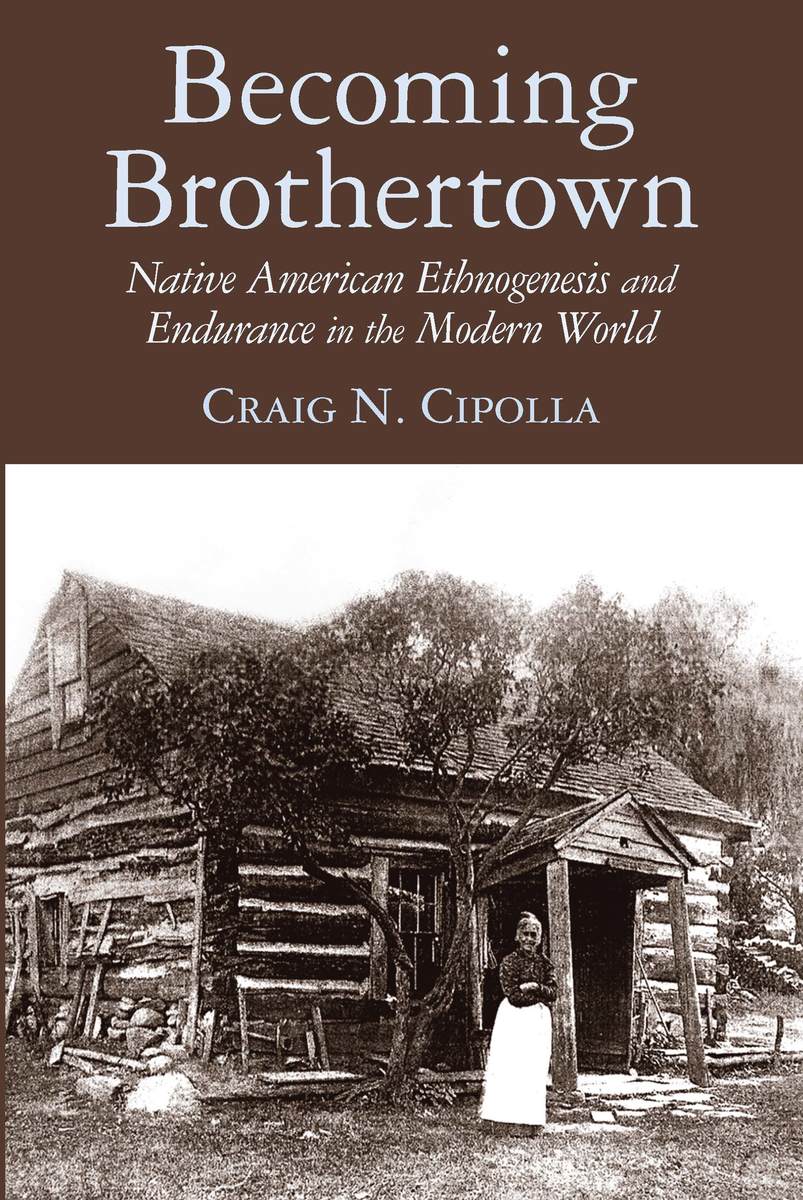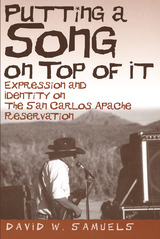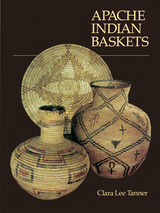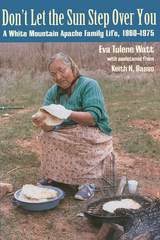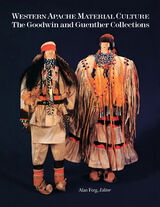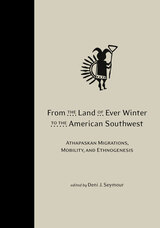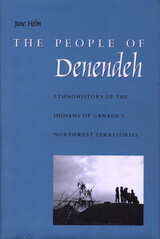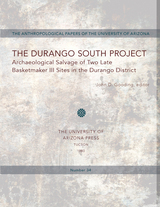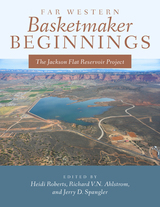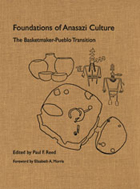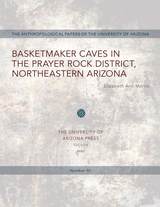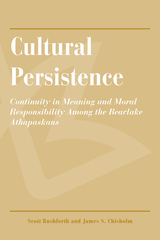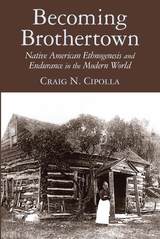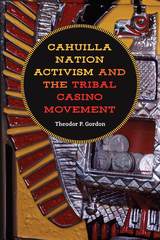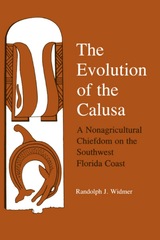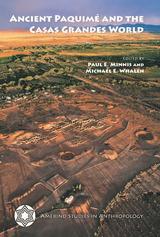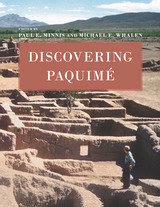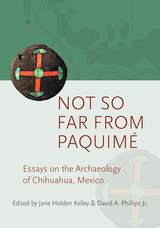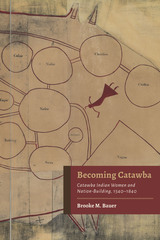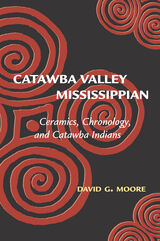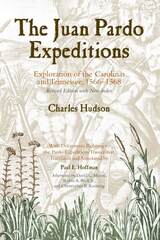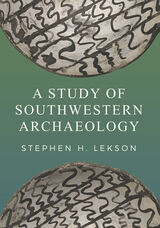Becoming Brothertown: Native American Ethnogenesis and Endurance in the Modern World
University of Arizona Press, 2013
Cloth: 978-0-8165-3030-4 | eISBN: 978-0-8165-9962-2 | Paper: 978-0-8165-3796-9
Library of Congress Classification E99.B7C57 2013
Dewey Decimal Classification 973.0497344
Cloth: 978-0-8165-3030-4 | eISBN: 978-0-8165-9962-2 | Paper: 978-0-8165-3796-9
Library of Congress Classification E99.B7C57 2013
Dewey Decimal Classification 973.0497344
ABOUT THIS BOOK | AUTHOR BIOGRAPHY | REVIEWS | TOC
ABOUT THIS BOOK
Histories of New England typically frame the region’s Indigenous populations in terms of effects felt from European colonialism: the ravages of epidemics and warfare, the restrictions of reservation life, and the influences of European-introduced ideas, customs, and materials. Much less attention is given to how Algonquian peoples actively used and transformed European things, endured imposed hardships, and negotiated their own identities. In Becoming Brothertown, Craig N. Cipolla searches for a deeper understanding of Native American history.
Covering the eighteenth century to the present, the book explores the emergence of the Brothertown Indians, a "new" community of Native peoples formed in direct response to colonialism and guided by the vision of Samson Occom, a Mohegan Indian and ordained Presbyterian minister. Breaking away from their home settlements of coastal New England during the late eighteenth century, members of various tribes migrated to Oneida Country in central New York State in hopes of escaping East Coast land politics and the corrupting influences of colonial culture. In the nineteenth century, the new community relocated once again, this time to present-day Wisconsin, where the Brothertown Indian Nation remains centered today.
Cipolla combines historical archaeology, gravestone studies, and discourse analysis to tell the story of the Brothertown Indians. The book develops a pragmatic approach to the study of colonialism while adding an archaeological perspective on Brothertown history, filling a crucial gap in the regional archaeological literature.
Covering the eighteenth century to the present, the book explores the emergence of the Brothertown Indians, a "new" community of Native peoples formed in direct response to colonialism and guided by the vision of Samson Occom, a Mohegan Indian and ordained Presbyterian minister. Breaking away from their home settlements of coastal New England during the late eighteenth century, members of various tribes migrated to Oneida Country in central New York State in hopes of escaping East Coast land politics and the corrupting influences of colonial culture. In the nineteenth century, the new community relocated once again, this time to present-day Wisconsin, where the Brothertown Indian Nation remains centered today.
Cipolla combines historical archaeology, gravestone studies, and discourse analysis to tell the story of the Brothertown Indians. The book develops a pragmatic approach to the study of colonialism while adding an archaeological perspective on Brothertown history, filling a crucial gap in the regional archaeological literature.
See other books on: Brotherton Indians | Colonial period, ca. 1600-1775 | Endurance | Migrations | Modern World
See other titles from University of Arizona Press
